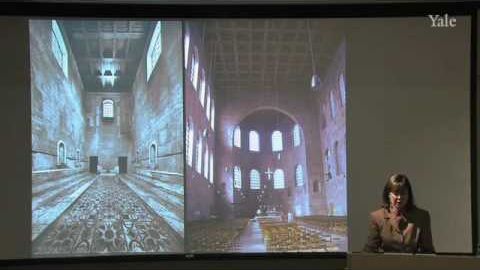23.君士坦丁的羅馬和新羅馬 (23. Rome of Constantine and a New Rome)
Sofi 發佈於 2021 年 01 月 14 日  沒有此條件下的單字
沒有此條件下的單字- v.t./i.球;在...前部;前往;帶領;帶領
- n. (c.)頭數;領導;硬幣;頭;頂部
- n. (u.)智力;頭腦
US /ˈsɛntʃəri/
・
UK /'sentʃərɪ/
- n. (c./u.)百年;世紀;(板球)一百分;(羅馬軍隊)百人隊
US /ˈɑrkɪˌtɛktʃɚ/
・
UK /ˈɑ:kɪtektʃə(r)/
- n. (c./u.)戰鬥;戰役;奮爭
- v.t./i.作戰;爭鬥;競爭

